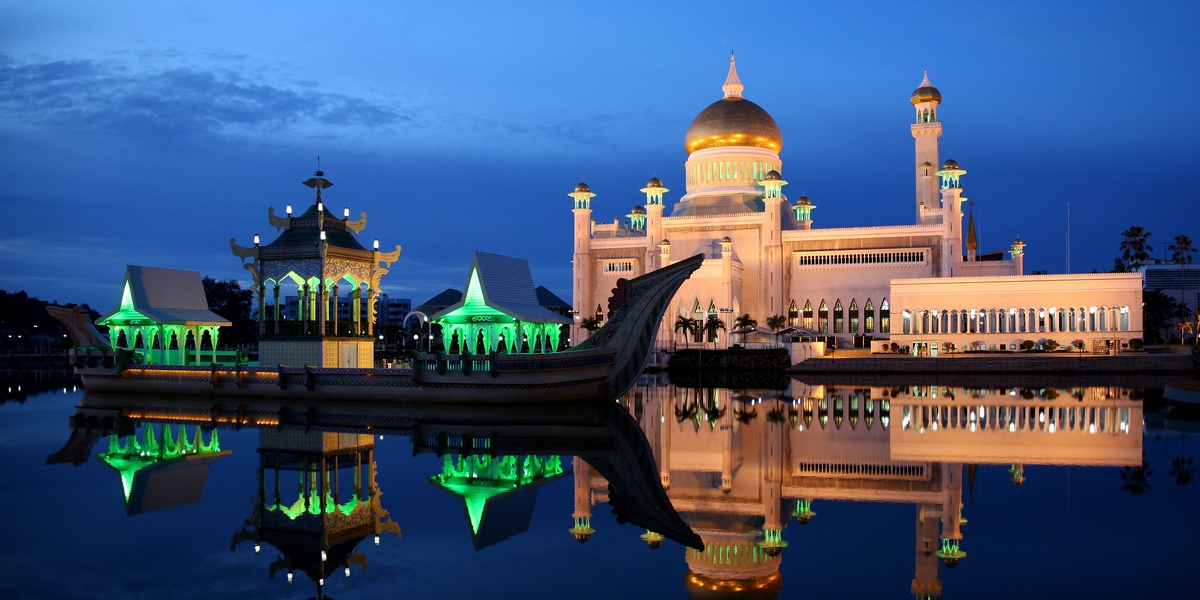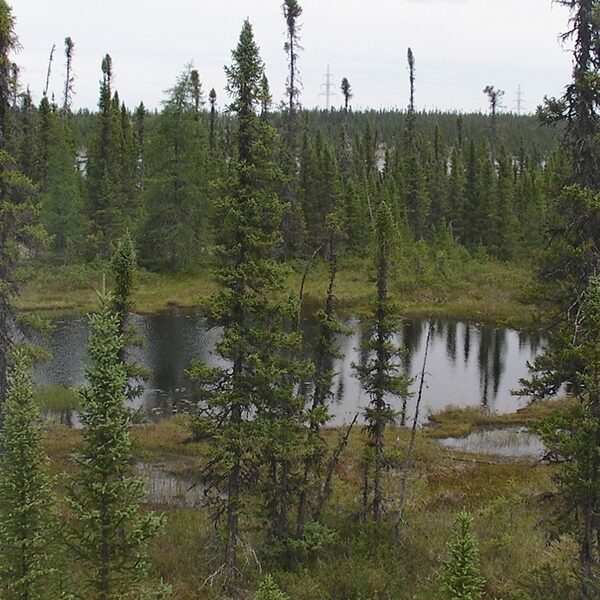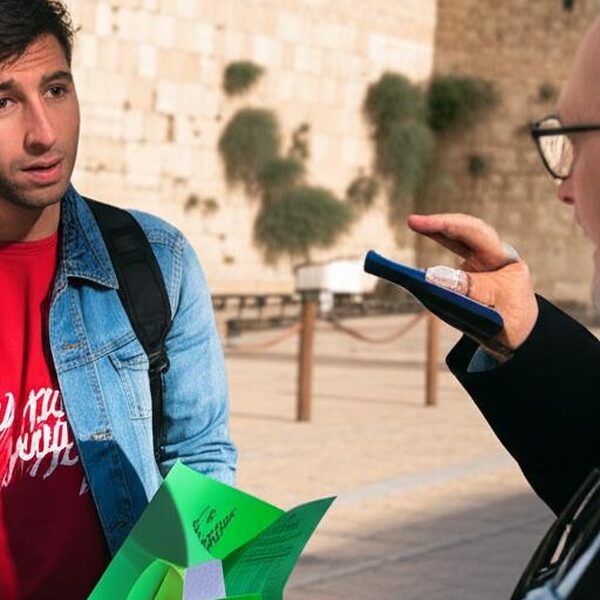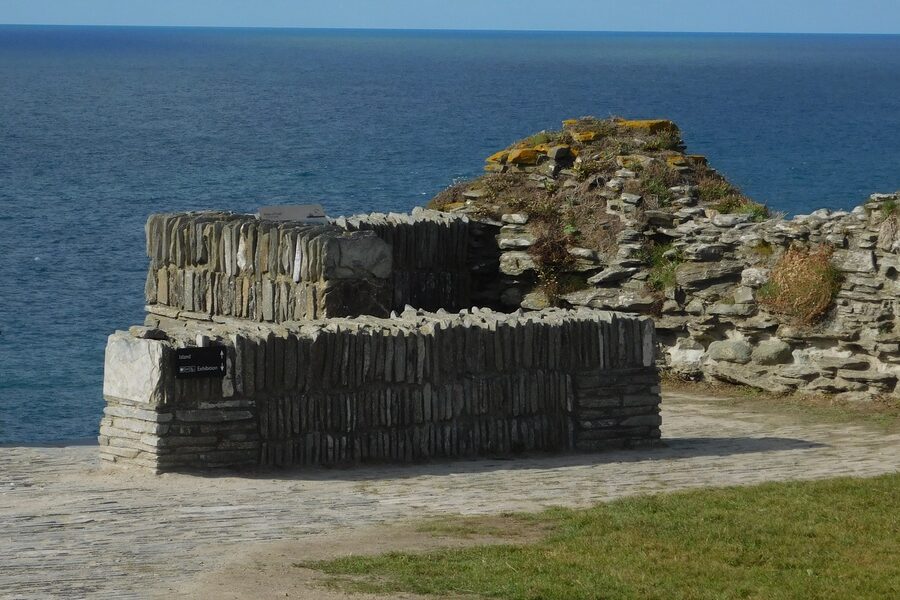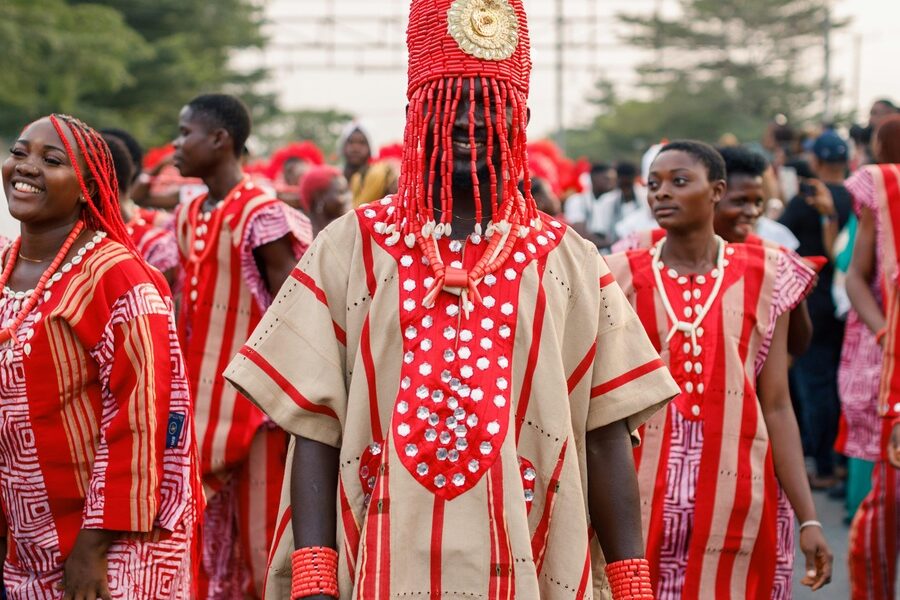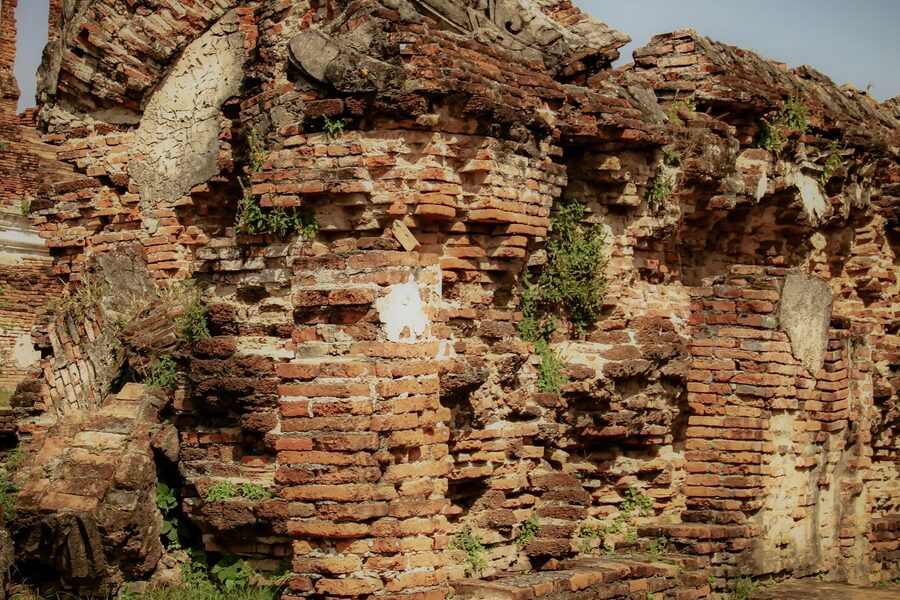Brunei’s history is visible in modest monuments, royal tombs, and industrial landmarks that map the country’s cultural and economic shifts. Whether you’re planning a short city walk or a focused heritage tour, knowing what to expect makes exploring simpler and more rewarding.
There are 18 Historical Places in Brunei, ranging from Billionth Barrel Monument (Seria) to Tomb of Sultan Sharif Ali. For each site you’ll find below the organized details: Location,Established (year),Significance (max 15 words), making it easy to compare where to go and why it matters — you’ll find below.
Which sites can I realistically visit in a single day in Brunei?
Pick a concentrated area (Bandar Seri Begawan has several) and choose 3–4 spots like mosques, small museums, and colonial buildings; allow extra time for travel, prayer times, and photography.
Do these historical places usually have entry fees or set opening hours?
Many outdoor monuments and public tombs are free to view; museums and preserved buildings often have modest fees and weekday hours — check each site’s current schedule and any dress or conduct guidelines before visiting.
Historical Places in Brunei
| Name | Location | Established (year) | Significance (max 15 words) |
|---|---|---|---|
| Kampong Ayer | Brunei-Muara; Kampong Ayer, Bandar Seri Begawan | unknown | Centuries-old stilt settlement, cultural heart of Brunei’s Malay heritage |
| Brunei Museum | Brunei-Muara; Kota Batu, Bandar Seri Begawan | 1972 | National museum housing archaeological, ethnographic and Islamic art collections |
| Malay Technology Museum | Brunei-Muara; Kota Batu, Bandar Seri Begawan | unknown | Displays traditional Malay crafts, boats and village technologies |
| Royal Regalia Museum | Brunei-Muara; Bandar Seri Begawan | 1992 | Exhibits sultanate regalia, coronation items and royal history |
| Brunei History Centre | Brunei-Muara; Bandar Seri Begawan | unknown | Government research and archives centre for Brunei historical records |
| Sultan Omar Ali Saifuddien Mosque | Brunei-Muara; Bandar Seri Begawan | 1958 | Iconic national mosque and landmark with royal patronage and architecture |
| Jame’ Asr Hassanil Bolkiah Mosque | Brunei-Muara; Berakas, Bandar Seri Begawan | 1994 | Largest mosque commemorating the Sultan’s jubilee; notable modern Islamic architecture |
| Istana Nurul Iman | Brunei-Muara; Jalan Istana, Bandar Seri Begawan | 1984 | Official royal residence and ceremonial seat of the Sultan |
| Istana Darul Hana | Brunei-Muara; Bandar Seri Begawan | unknown | Former official royal residence notable for mid-20th-century colonial-era architecture |
| Royal Mausoleum (Kubur Di Raja) | Brunei-Muara; Jalan Sultan, Bandar Seri Begawan | unknown | Historic royal burial ground of sultans and royal family members |
| Kota Batu Archaeological Site | Brunei-Muara; Kota Batu, Bandar Seri Begawan | 14th century | Remains of medieval Bruneian capital and early palace complex |
| Istana Batu (Stone Palace ruins) | Brunei-Muara; Kota Batu, Bandar Seri Begawan | 16th century | Stone palace ruins associated with early sultanate architecture and rule |
| Pulau Chermin Archaeological Site | Brunei-Muara; Pulau Chermin, Brunei River | 15th–17th centuries | Island with sultanate-era graves and archaeological remains |
| Tomb of Sultan Bolkiah | Brunei-Muara; Kota Batu, Bandar Seri Begawan | 1524 | Grave of Sultan Bolkiah, a powerful 15th–16th-century ruler |
| Tomb of Sultan Sharif Ali | Brunei-Muara; Kota Batu, Bandar Seri Begawan | unknown | Burial site of a 15th-century sultan influential in Brunei’s Islamisation |
| Kampong Ayer Cultural and Tourism Gallery | Brunei-Muara; Kampong Ayer, Bandar Seri Begawan | unknown | Interpretive centre presenting water-village history and traditional life |
| Seria Oil Field (Well No.1 discovery site) | Belait; Seria | 1929 | Discovery site that launched Brunei’s modern oil industry and economic transformation |
| Billionth Barrel Monument (Seria) | Belait; Seria | unknown | Commemorative monument marking major oil-production milestone in Brunei |
Images and Descriptions
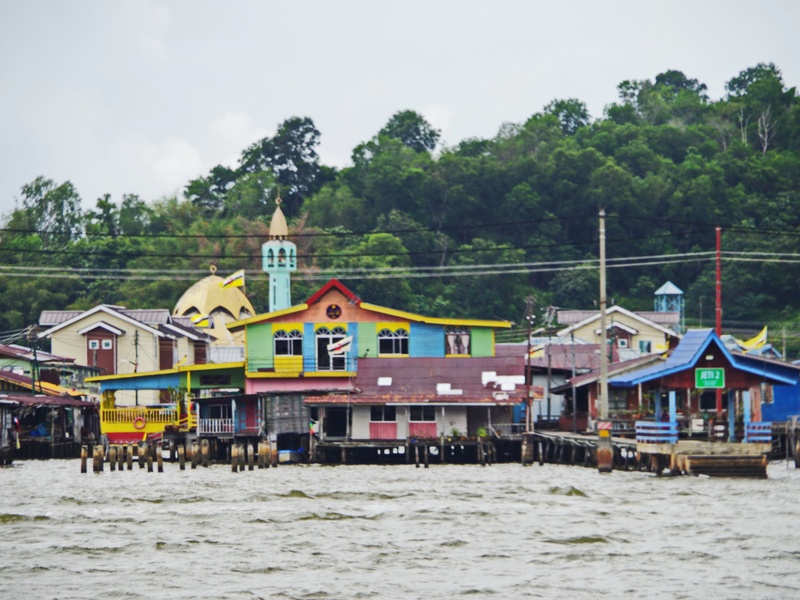
Kampong Ayer
Kampong Ayer is a large, historic water village on stilts along the Brunei River. It serves as a living cultural center and has housed generations of Bruneian families. The village represents traditional riverine life and local crafts, making it central to Brunei’s social history and heritage.
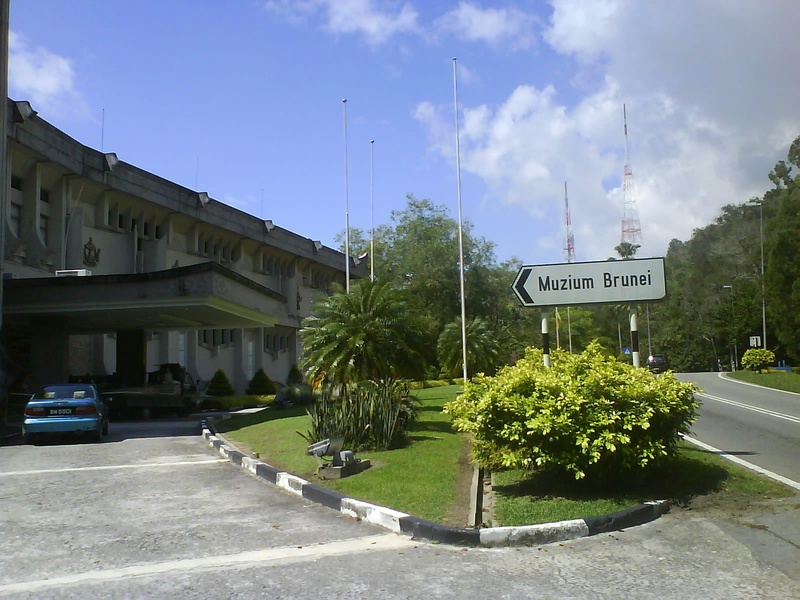
Brunei Museum
The Brunei Museum is the national museum that holds artifacts on Brunei’s culture, history, and natural history. It displays ceramics, Islamic art, and royal items that trace the sultanate’s past. The museum anchors the country’s documented history and research collections.
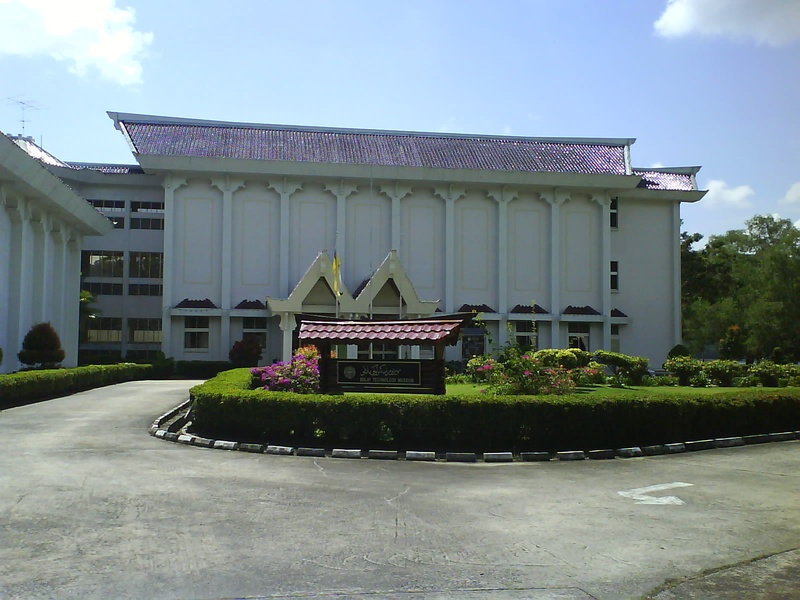
Malay Technology Museum
The Malay Technology Museum highlights traditional Malay tools, boats, houses, and crafts. It shows how people in Brunei made a living and built homes before modern industry. The museum clarifies daily life, craft skills, and old technology used across the region.
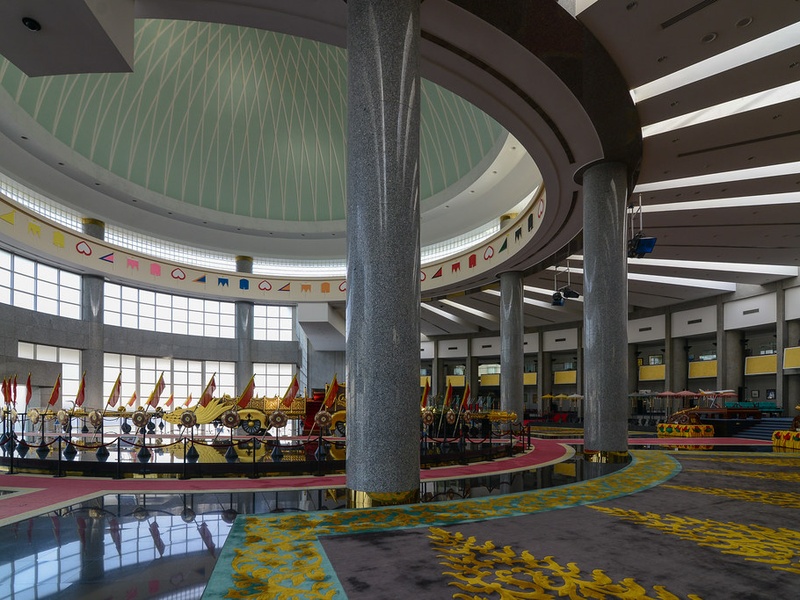
Royal Regalia Museum
The Royal Regalia Museum showcases the sultanate’s coronation items, gifts, and ceremonial objects. It houses gold, jewels, and state robes used in royal ceremonies. The museum documents the monarchy’s role in Brunei’s modern identity.
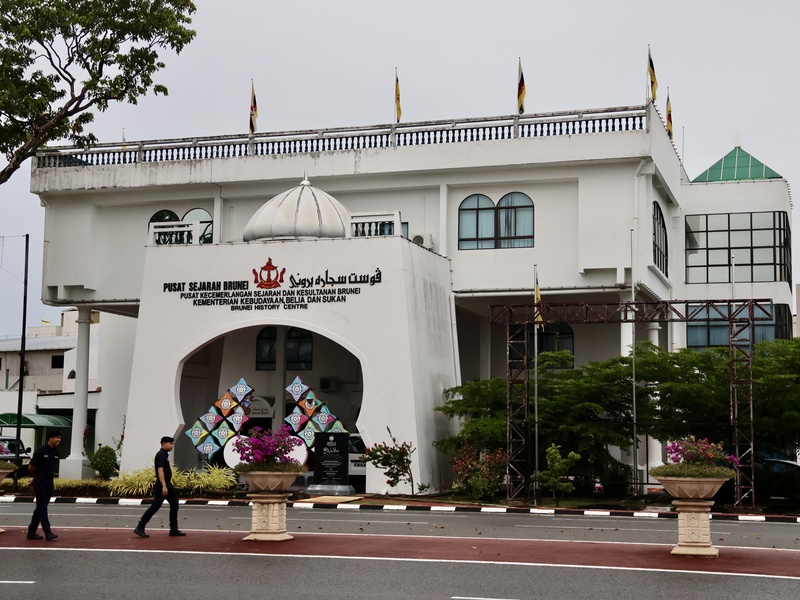
Brunei History Centre
The Brunei History Centre is the government research body and archive for national history. It stores records, studies royal lineage, and publishes historical research. The centre supports accurate information about Brunei’s past and official timelines.
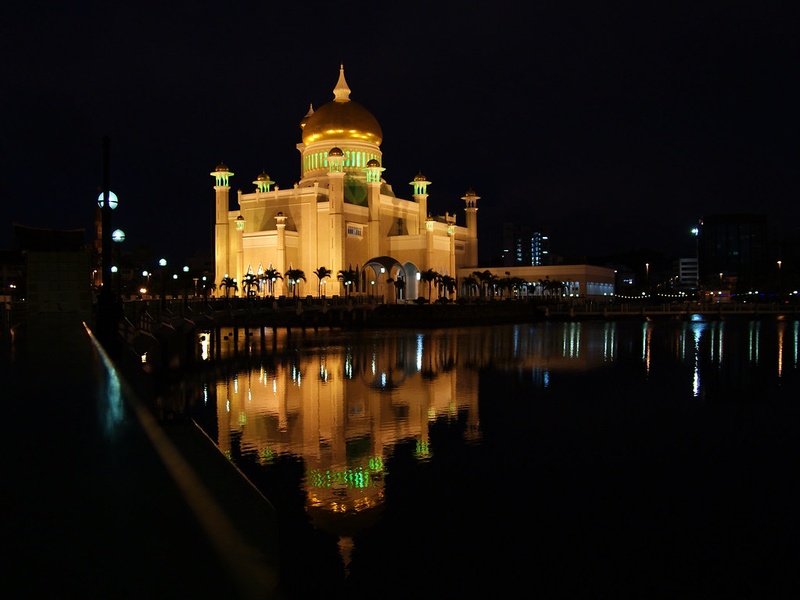
Sultan Omar Ali Saifuddien Mosque
Sultan Omar Ali Saifuddien Mosque is an iconic mosque in Bandar Seri Begawan with marble domes and a lagoon. It serves as a symbol of modern Brunei and Islamic architecture. The mosque marks religious and national development in the 20th century.
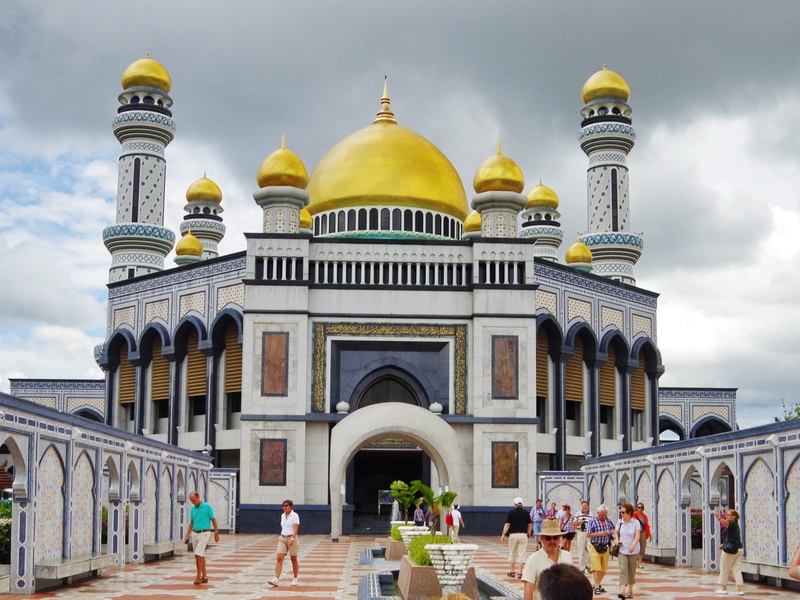
Jame’ Asr Hassanil Bolkiah Mosque
Jame’ Asr Hassanil Bolkiah Mosque is the largest mosque in Brunei with ornate gold domes. It commemorates the current Sultan and hosts major religious events. The mosque reflects late 20th-century royal patronage and national pride.
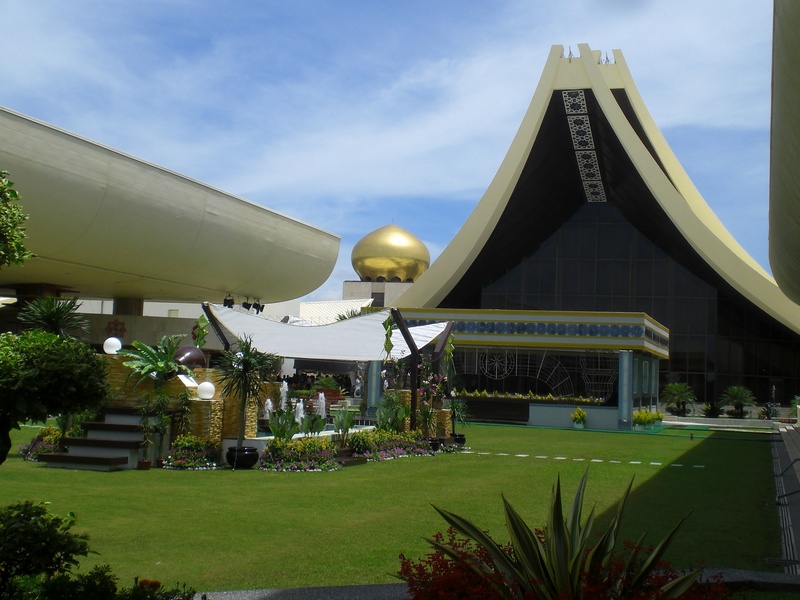
Istana Nurul Iman
Istana Nurul Iman is the official residence of the Sultan and one of the world’s largest palaces. It functions as the royal seat and hosts state ceremonies. The palace represents contemporary monarchy, architecture, and governance in Brunei.
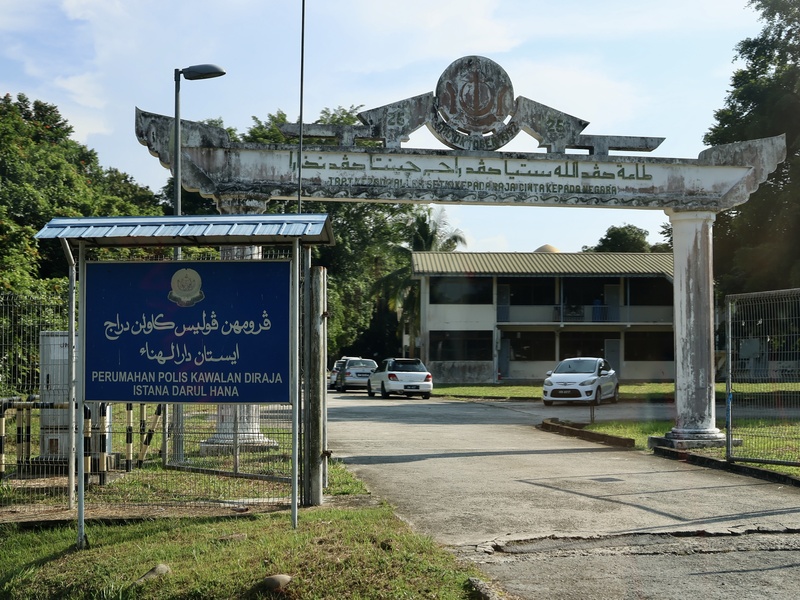
Istana Darul Hana
Istana Darul Hana is a former royal residence that shows earlier palace architecture and court life. It served as the Sultan’s home before newer palaces were built. The site notes changes in royal living and state functions over time.
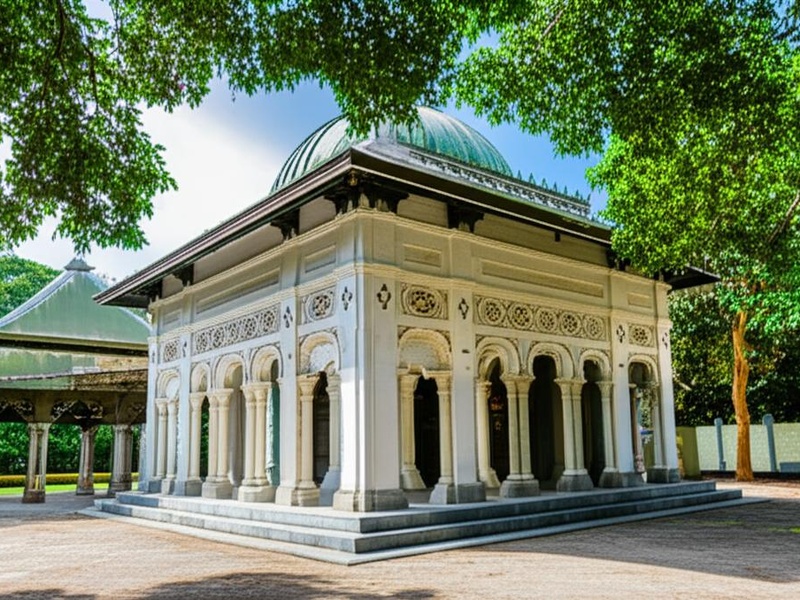
Royal Mausoleum (Kubur Di Raja)
The Royal Mausoleum, or Kubur Di Raja, is the main burial ground for Brunei’s sultans and royal family members. It holds tombs that mark dynastic succession and royal history. The mausoleum records the lineage of Brunei’s rulers in a single place.
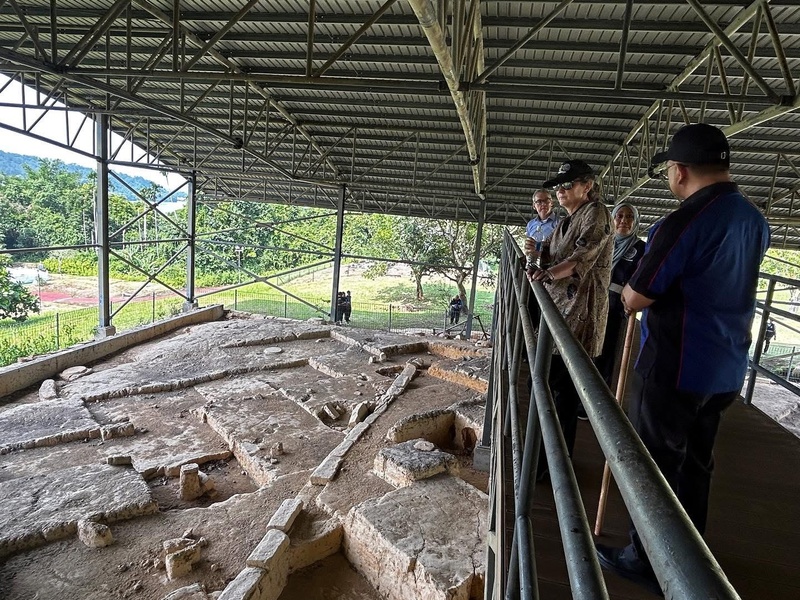
Kota Batu Archaeological Site
Kota Batu Archaeological Site contains ruins, old tombs, and layers of pottery from earlier centuries. It reveals Brunei’s role as a regional trading port and early settlement patterns. The site supplies physical evidence of pre-modern life and commerce.
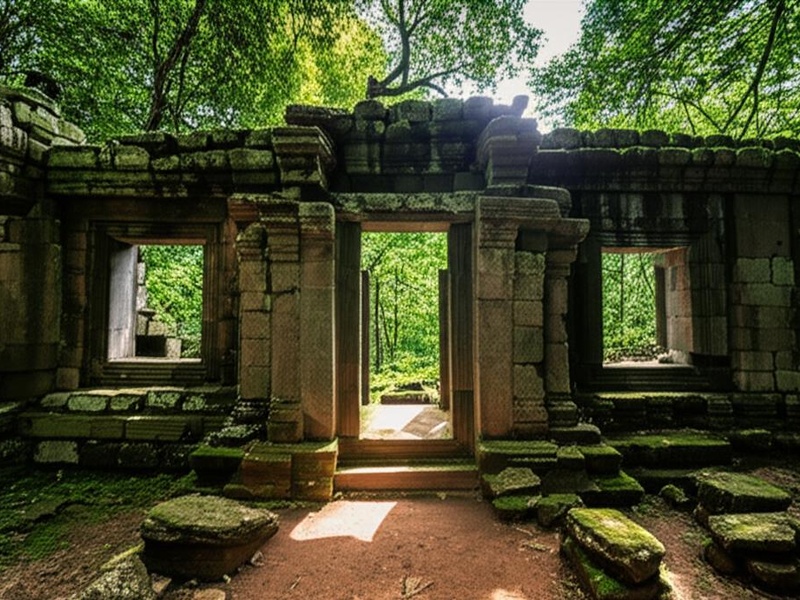
Istana Batu (Stone Palace ruins)
Istana Batu, the Stone Palace ruins, shows remnants of an early royal structure built from stone. The ruins indicate past palace locations and historic building methods. The site helps map changes in royal architecture and settlement.
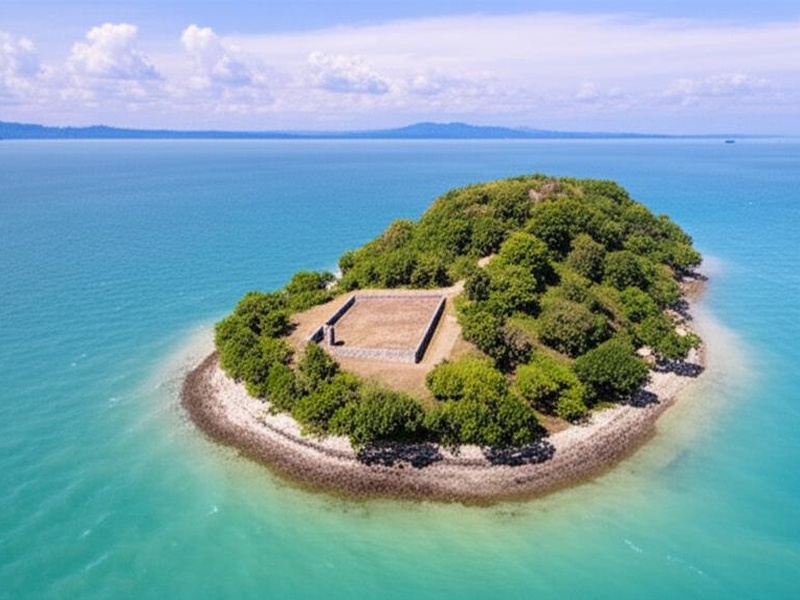
Pulau Chermin Archaeological Site
Pulau Chermin Archaeological Site is an island dig with Chinese ceramics and human remains from centuries past. It links Brunei to regional trade networks and maritime activity. The site provides clues about foreign contact and burial practices.
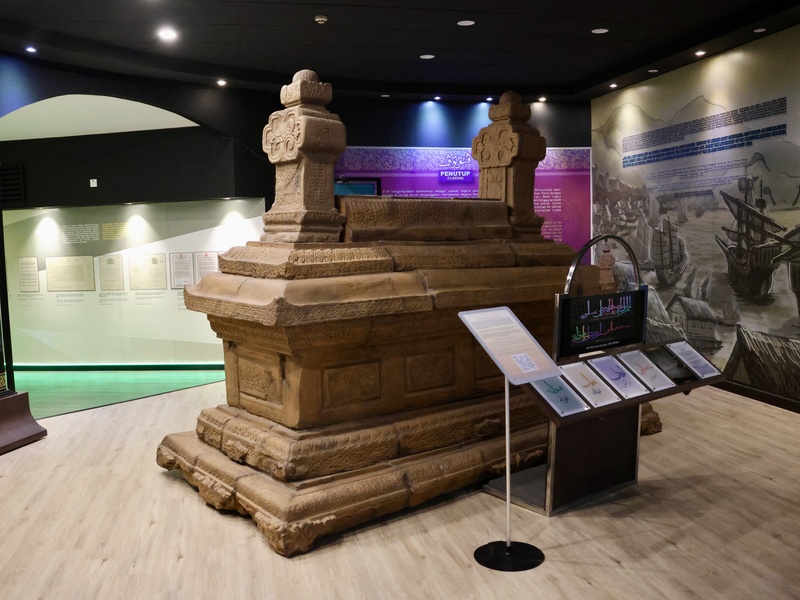
Tomb of Sultan Bolkiah
The Tomb of Sultan Bolkiah marks the resting place of one of Brunei’s early powerful sultans. It links to a period of expansion and regional influence in Brunei’s history. The tomb serves as a physical marker of the sultanate’s golden age.
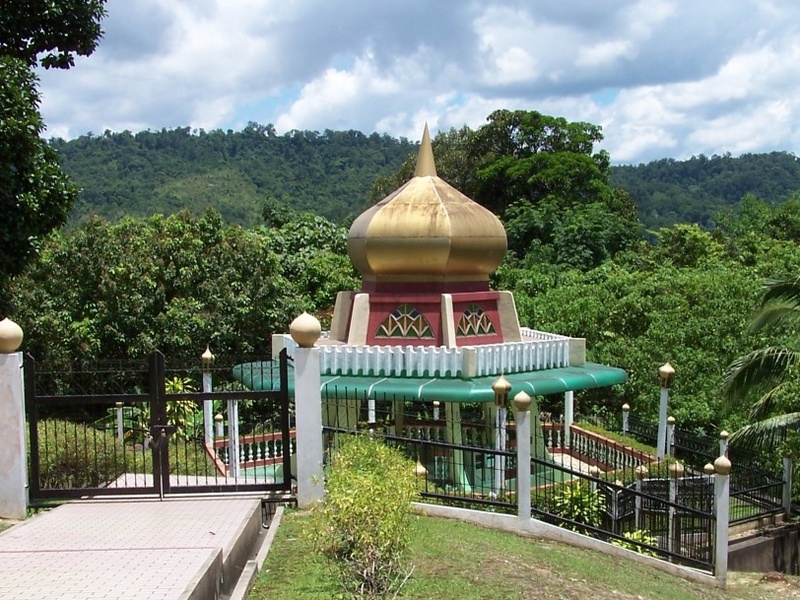
Tomb of Sultan Sharif Ali
The Tomb of Sultan Sharif Ali is the grave of Brunei’s third sultan and a key early leader. It highlights the spread of Islam and changes in royal practice in the 15th century. The tomb stands as an early religious and political landmark.
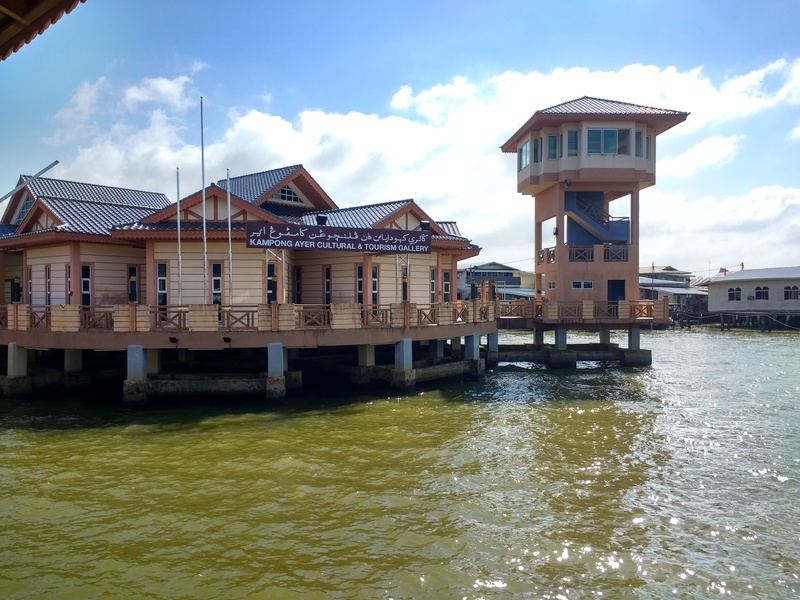
Kampong Ayer Cultural and Tourism Gallery
The Kampong Ayer Cultural and Tourism Gallery presents exhibits on water-village life, crafts, and community history. It offers models, photos, and artifacts that explain stilt-house living. The gallery supports cultural understanding of the living heritage site.
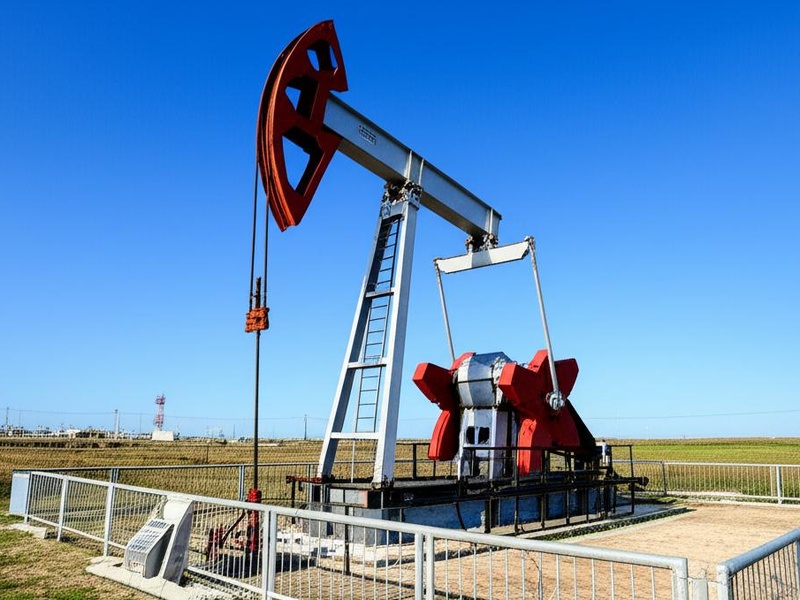
Seria Oil Field (Well No.1 discovery site)
Seria Oil Field, including the Well No.1 discovery site, marks the start of Brunei’s oil industry. The site begins the country’s modern economic transformation and industrial history. It shows how natural resources reshaped Brunei’s society and wealth.
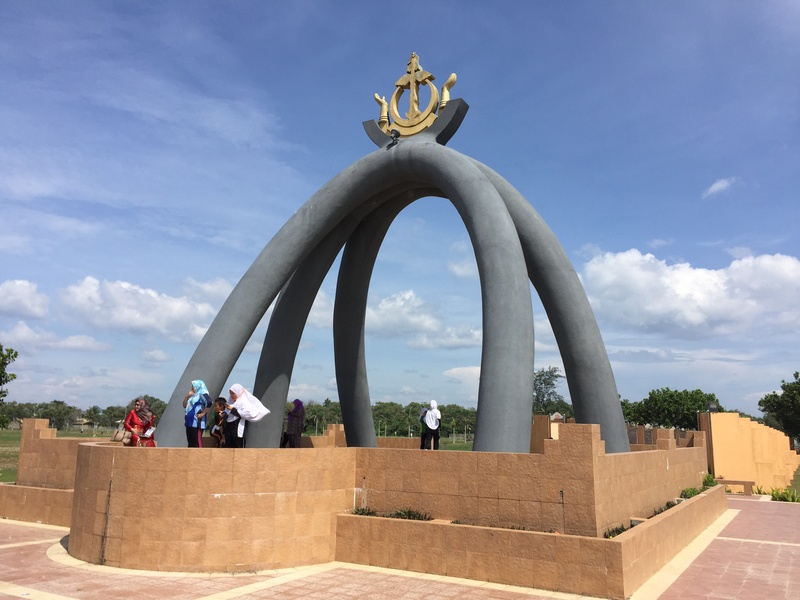
Billionth Barrel Monument (Seria)
The Billionth Barrel Monument in Seria commemorates a major oil production milestone for Brunei. It symbolizes the nation’s long-term petroleum output and its impact on development. The monument records industrial achievement in the country’s modern history.

